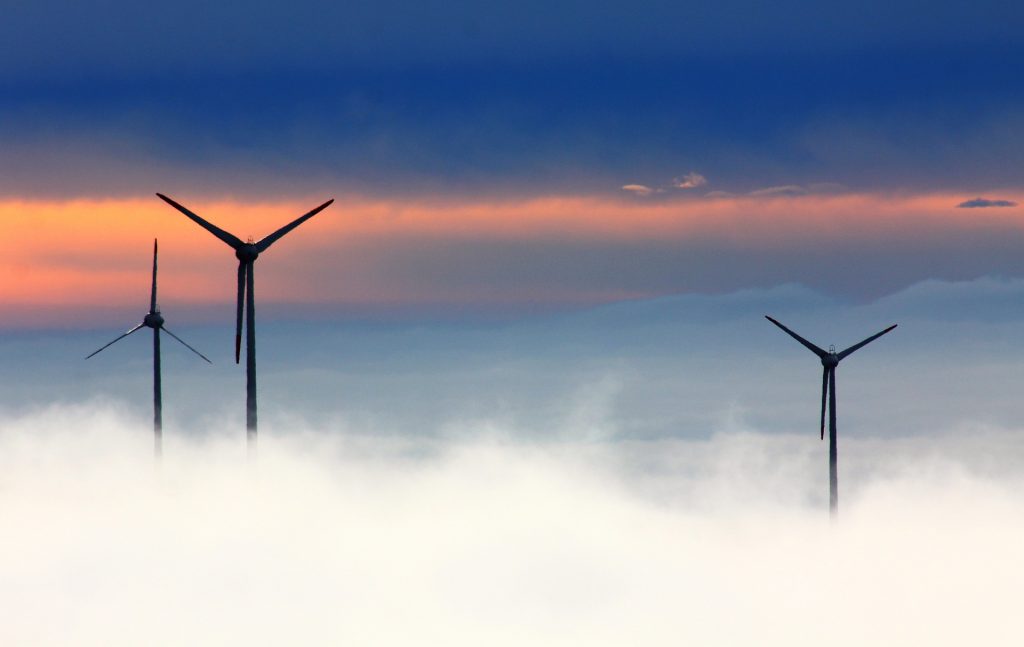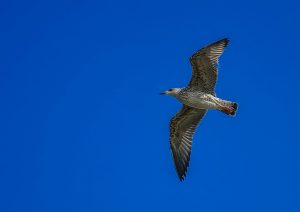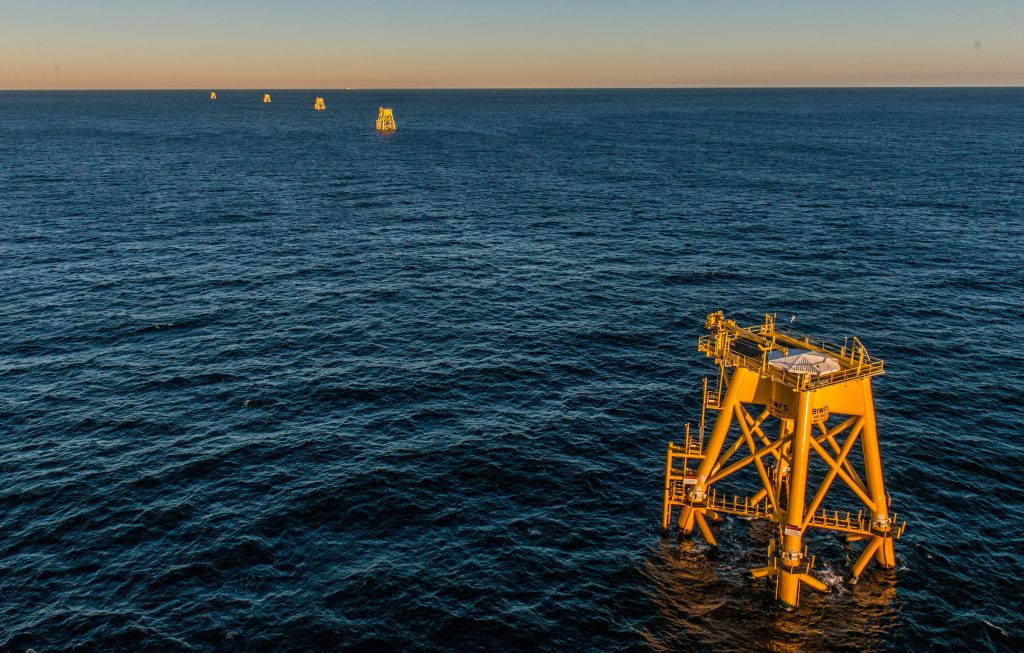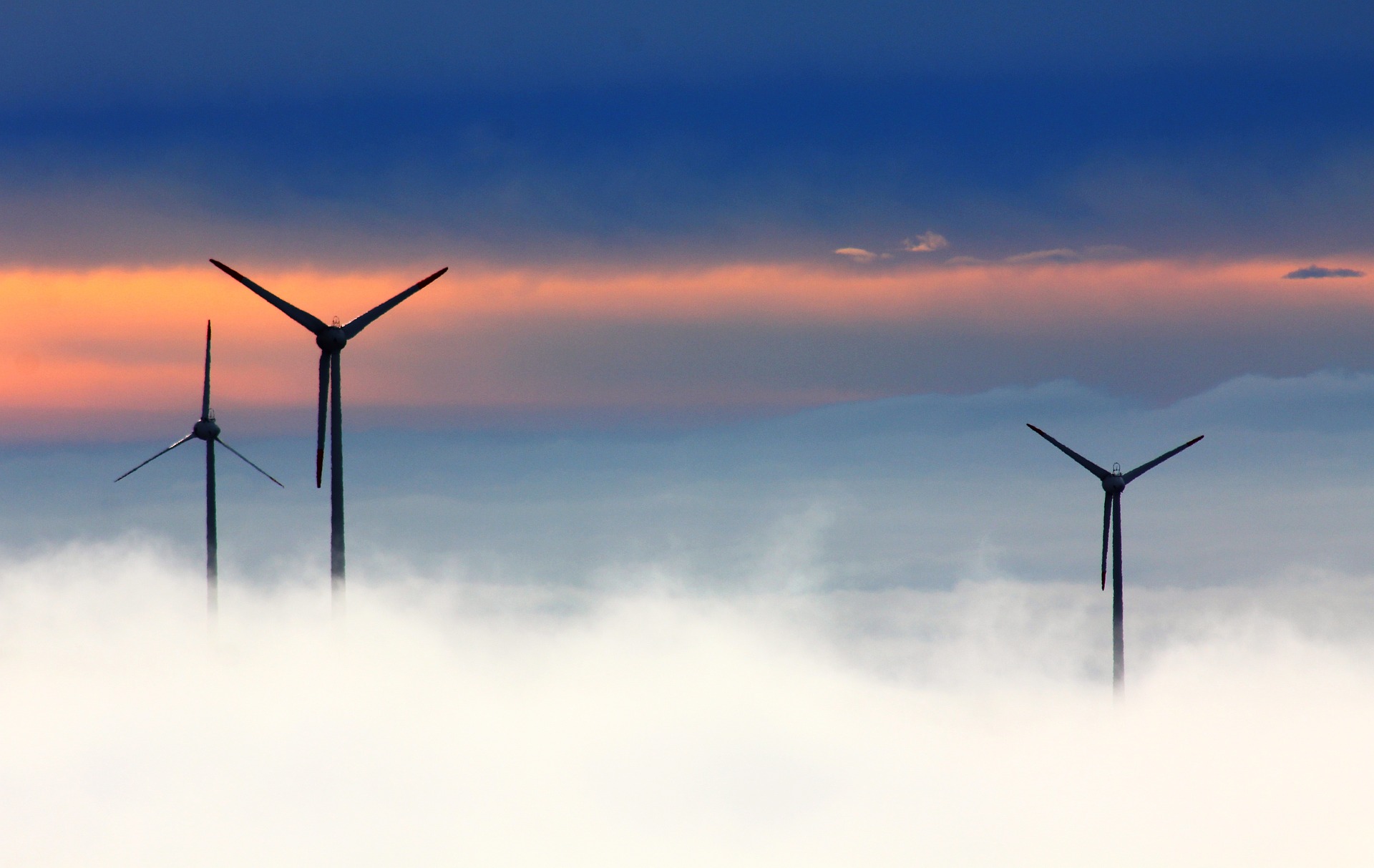Here it is, folks. We are standing at the crossroads of a remarkable energy transition in the United States. Renewable energy sources such as wind and solar are dropping in cost seemingly every day. The monumental agreement at COP21 in Paris last December and the falling price of oil and coal give me reason to go beyond hoping to believing that scholars will cite 2016 as the year that launched the green economy.

Why am I so optimistic? I’ll tell you. Later this year, Deepwater Wind will bring the U.S.’s first offshore wind facility online and begin delivering clean, renewable energy to Rhode Island. I’ll be frank and add that the 30-mega-watt project will provide a fraction of the energy demand of this small state.
But—and here’s the exciting part—the wind farm is being built, constructed, and providing labor in the U.S.; it will power all of Block Island; and Deepwater Wind has two more projects in the works. Offshore wind projects in Europe are already generating over 60,000 domestic jobs. Don’t you think it’s time the U.S. got serious about the green economy?
Scattering myths to the wind

There are still several myths surrounding utility-scale wind energy. The first is that wind turbines pose a serious threat to birds and other wildlife. With a few exceptions, time has taught wind developers that offshore wind farms can be sited responsibly to dramatically reduce the risk to birds and marine mammals. In fact, one study found there was the potential to create marine habitat.
Offshore wind can result in locally high mortality to birds if sighted incorrectly; however, organizations like the National Wildlife Federation are working with offshore wind developers to mitigate this hazard through responsible siting, establish monitoring programs and other strategies. Climate change poses a much more serious threat to birds globally and if not curtailed through the use of renewables such as wind energy, could have much more severe consequences for 30% of bird species globally.
“We have been advocating for responsible wind development projects like Deepwater Wind elsewhere in the Northeast,” said Catherine Bowes, Senior Manager at the National Wildlife Federation. “They are doing some really interesting stuff.”
Another common wind energy myth alleges that electricity output from wind farms is too low to make wind energy cost-competitive. This is entirely untrue. A report by ISO New England found that Massachusetts alone has the potential to generate upwards of 8,000 MW of electricity from offshore wind; enough to power all 5.8 million homes in New England.
When one considers the enormous potential to generate power off the coast of New England, it becomes harder to listen to critics denouncing wind energy because it’s allegedly “economically infeasible.” This is especially true when one considers that wind energy is already priced as low as 2.5-3.5 cents per kilowatt-hour, which is comparable to other wholesale electric power.
How is Deepwater Wind different?
Typical offshore wind farms need to be sited in shallow water for logistical, construction and servicing reasons. In contrast, Deepwater Wind uses a special method of construction that allows the turbines to be installed in ocean depths in the vicinity of 150 feet. Turbines sited in deeper waters further from shore will be less obstructive to ocean views.

Offshore winds tend to be stronger compared to onshore and result in more electricity produced, which also means a shorter return on investment.
It also seems that Deepwater Wind has learned from the energy mistakes of the past and has embraced a more inclusive approach to development. The company has partnered with environmental advocates and scientists to protect endangered whales and marine mammals surrounding construction.
Deepwater Wind is also engaging with key stakeholders, including local government, community groups, tribal groups, and non-governmental organizations to concurrently maximize the benefits of the project and minimize the impacts.
Room to grow
Expansion of offshore wind developments ties into broader national interests to combat climate change. Investment in wind energy helps to reduce carbon dioxide emissions along with other harmful air pollutants from conventional electricity generators. Deepwater Wind is thereby helping northeast states to meet ambient air quality standards set by the Clean Air Act and help the U.S. meet its obligations to the Paris Climate Agreement.
One report estimates New England’s potential emissions savings from 1,200 mega-watts of offshore wind energy at 3 million tons of carbon dioxide as well as savings in sulfur dioxide and nitrous oxide emissions. The U.S. estimates its offshore wind potential at over 4,000 giga-watts. To put this in perspective, the total installed capacity of wind energy for the entire world was only 370 giga-watts in 2014.
Deepwater Wind will be looking to capitalize on the U.S.’s bounty of wind resources. The Rhode Island-based company has a lot of momentum to jumpstart the green economy in the Northeast. For a state that is still feeling the impacts of the recession, Deepwater Wind is offering a second wind to Rhode Island’s working class. Deepwater Wind has committed to partnering with local laborers, companies, and experts as they seek to set the pace for the U.S. offshore wind energy sector, an industry projected to produce $200 billion in economic activity and create 300,000 jobs nationally.
“We’re proud that the Ocean State is home to America’s first offshore wind farm, and we’re confident the Block Island Wind Farm is just the start of something much bigger,” said Jeffrey Grybowski, CEO of Deepwater Wind. “Offshore wind provides the U.S. with our best opportunity for a new, large-scale source of affordable and efficient energy. We’re more optimistic than ever about the potential of offshore wind to transform the country’s energy future and to reenergize local economies.”

I am a big fan when it comes to wind energy. I hope you will join me in supporting further offshore wind development in the U.S. so we may realize the full benefits of a green economy.
